For more information and search capabilities visit: Lessons Main Index Page
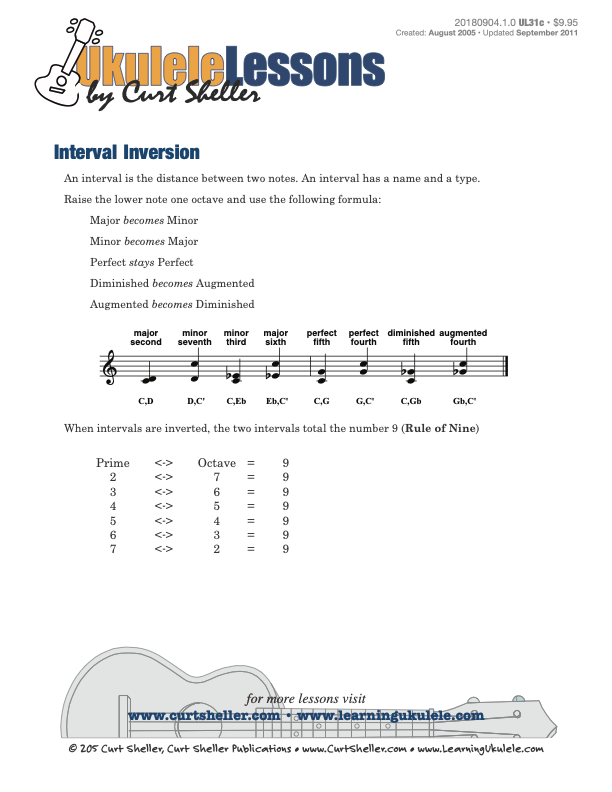
Inverting intervals using the "Rule of Nine". An interval is the distance between two notes. An interval has a name and a type. Intervals can be played one note (melodic) or two notes (harmonic) at a time, ascending or descending.
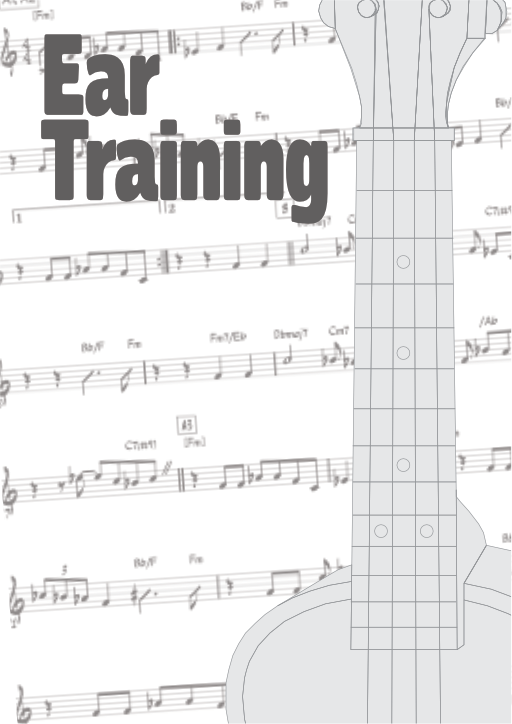
Ear Training is the development of the active and passive capability to relate to music aurally. This includes the ability to recognize melodic and harmonic intervals, chords, chords progressions, rhythm, melody and harmony.
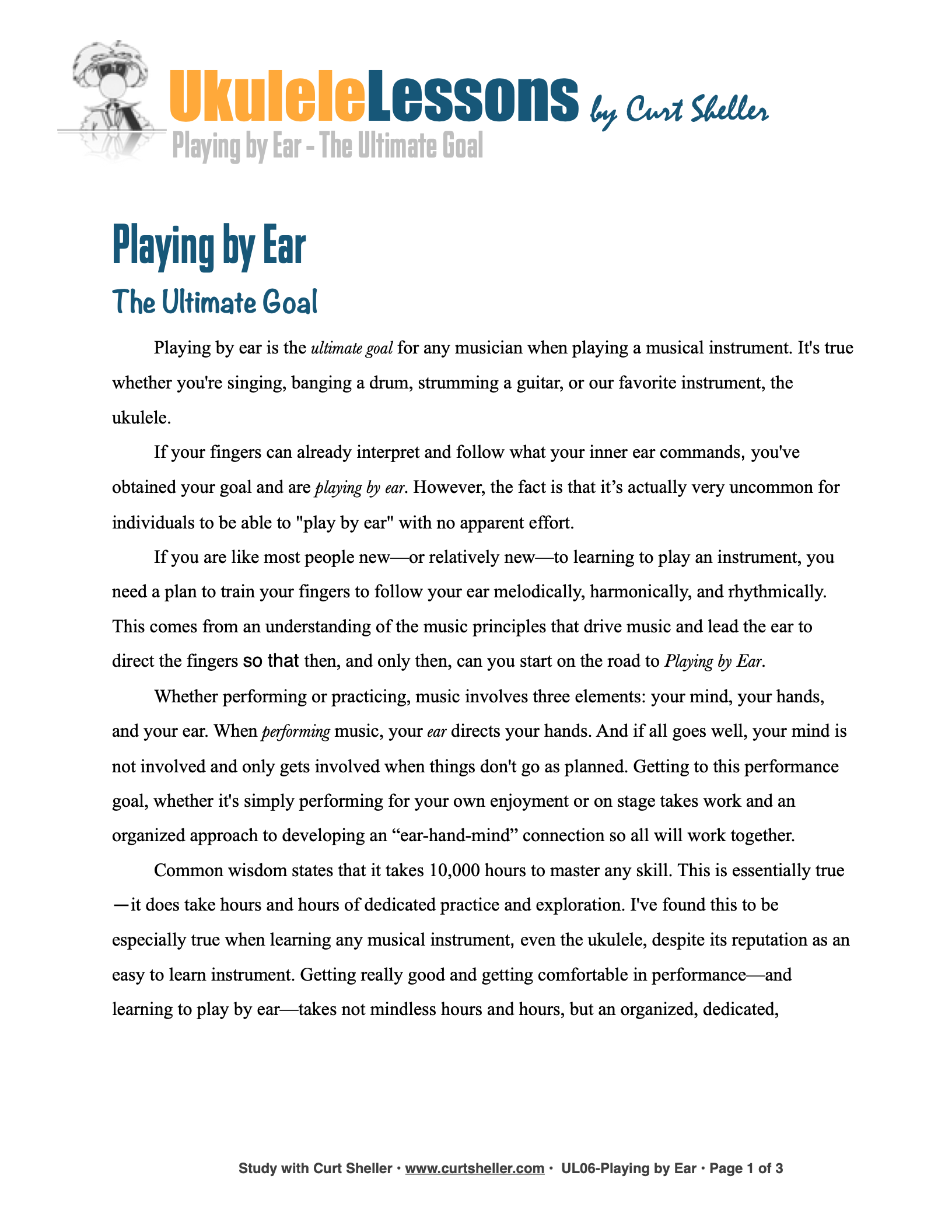
The ultimate goal for any musician when playing a musical instrument is to "Play by Ear". It’s true whether you’re singing, banging a drum, strumming a guitar, or our favorite instrument, the ukulele. If your fingers can already interpret and follow what your inner ear commands, you’ve obtained your goal and are "Playing by Ear."
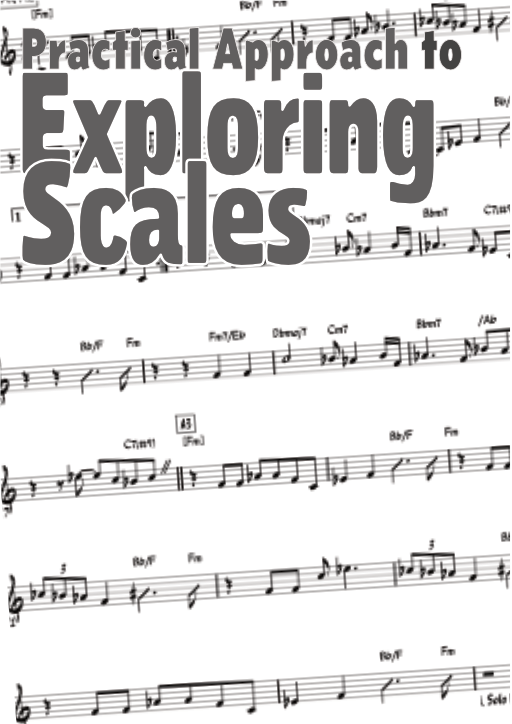
On ukulele there aren't many positions where you can play a one octave scale from the root to octave. An instrument like the guitar with the additional lower strings five and six allows one to play a one octave scale in multiple positions in the basic 4-fret, 4-finger position. On ukulele there might be one or two depending on the scale and the key - and whether your using a low string four tuning. This lesson offers a practical approach to practicing your scales on ukulele.
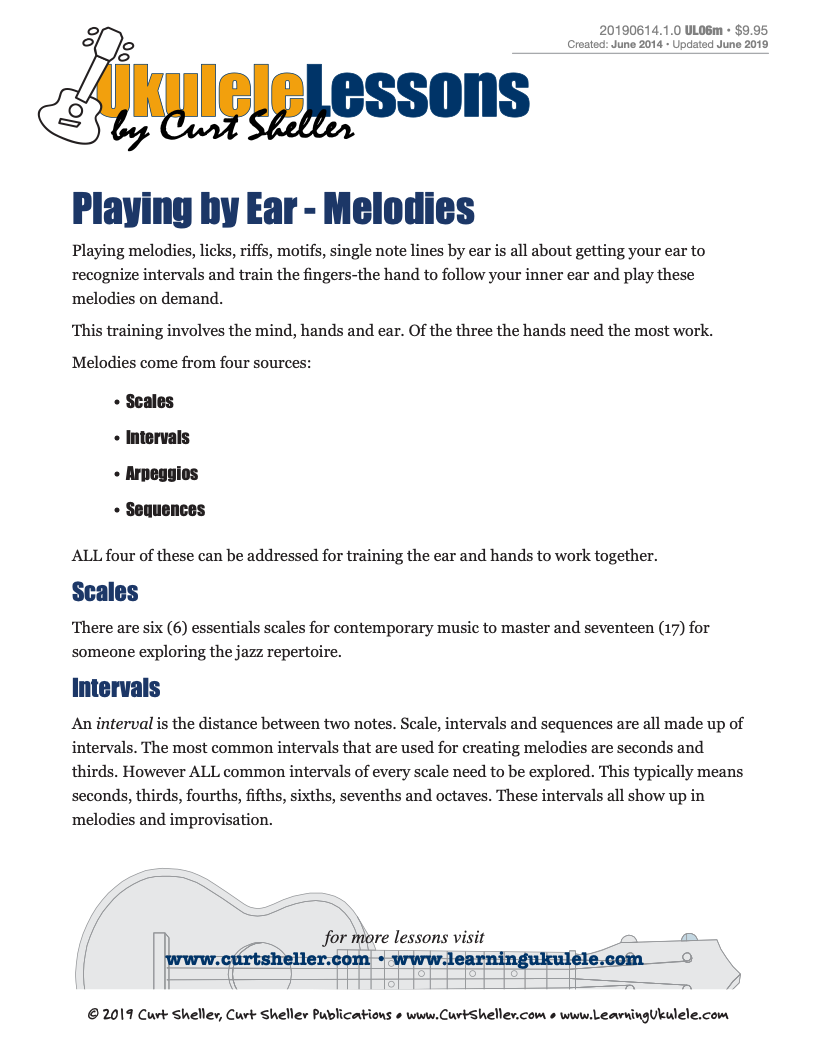
Playing Melodies, Licks, Riffs, Motifs, and Single Note Lines by ear is all about getting your ear to recognize intervals and train the fingers to follow your inner ear and play these melodies on demand.
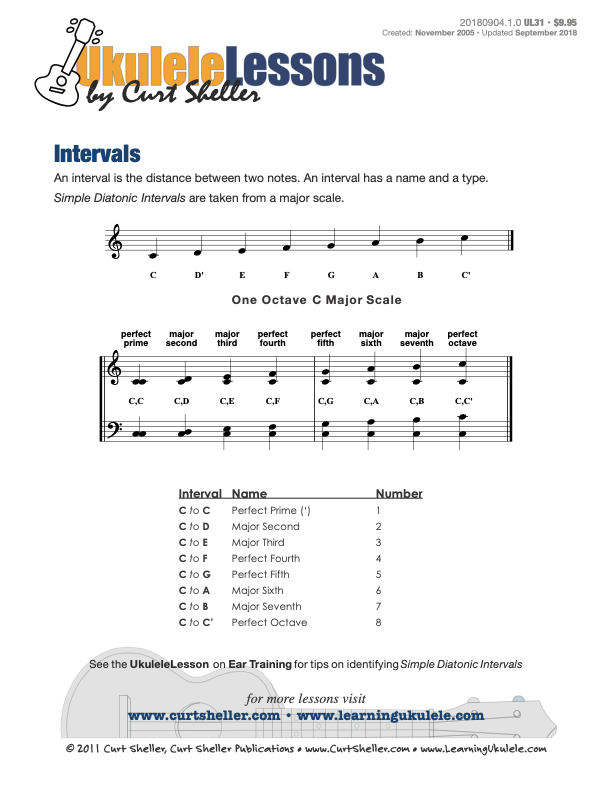
An interval is the distance between two notes. An interval has a name and a type. Intervals can be played one note (melodic) or two notes (harmonic) at a time, ascending or descending. Simple and Compound Intervals are taken from a major scale. Chromatic Intervals are NOT taken from a major scale. They are derived from the diatonic intervals.



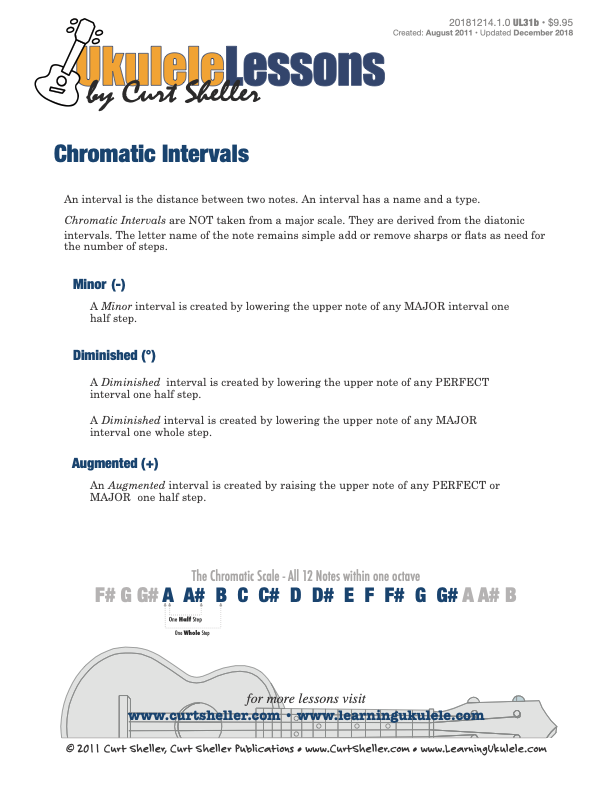
.jpg)